Almost April Fools: Wild Airline Catering Ideas that are Taking Off
Share
Published: 1 April 2025
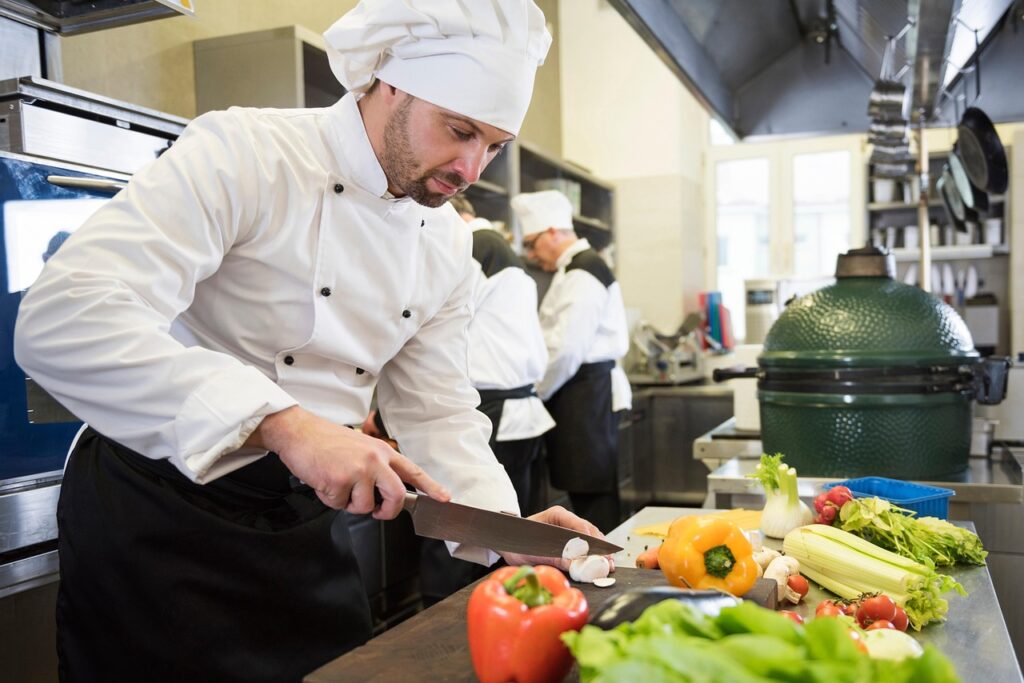
Airlines love an April Fool’s Day joke just as much as the rest of us. Their best pranks are well documented – WestJet even has a YouTube playlist showcasing all its practical jokes from years gone by. But instead of celebrating fake news, on this April 1, IFSA is taking a look at some “stranger than fiction” in-flight catering concepts that are in development or already in use today.
Is barista-style coffee no longer just for premium passengers?
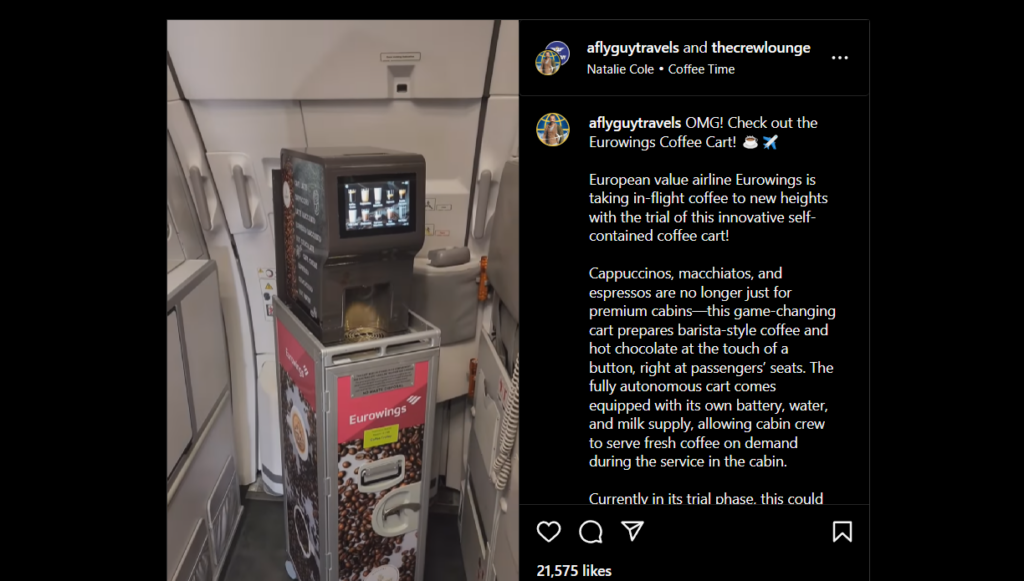
Why should economy-class passengers settle for a sachet of instant coffee when they could get a freshly brewed espresso on demand? In good news for coffee lovers, on March 14 senior cabin crew member and content creator Jay Robert posted a video of a fully autonomous coffee cart being trialed by Eurowings that the airline then shared on its own account.
The video shows a coffee machine rising out of what looks like a standard cabin crew trolley and operating in the same way as a hotel or service station coffee machine would, creating a custom beverage at the click of a button. Robert’s caption states that the cart “comes equipped with its own battery, water, and milk supply, allowing cabin crew to serve fresh coffee on demand during the service in the cabin.”
Eurowings has told passengers to “stay tuned for updates.”
Your meal today was prepared by… A Robot
Robots in airports are becoming more commonplace. At Incheon International Airport in Seoul, they can help you find your check-in counter, carry your bags, drive you to your gate or deliver food to you while you wait to board.
They are also being used to automate some of the processes in in-flight catering, a useful development for companies like American Airlines (AA), which have to make 15,000 meals a day. At AA’s new catering facility in Dallas Fort-Worth, the carrier uses automated production lines that can pack drinks for in-flight consumption, even “sorting the bad cans from the good ones.”
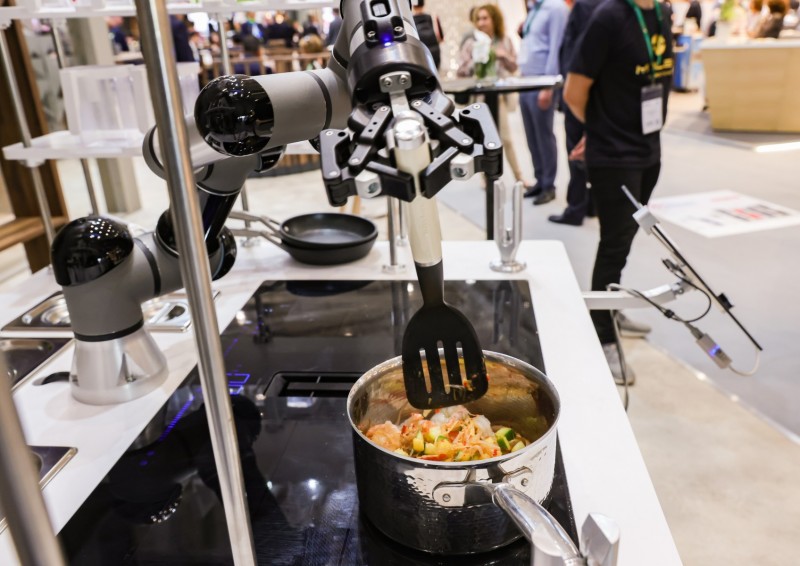
And as robotic technology becomes more sophisticated, airlines are exploring automating more food-prep-focused processes. The benefits are outlined in an interview with Chef Robotics CEO Raj Bhageria, whose company has just secured $43.1 million in its latest funding round. It reads, “average throughput goes up with robots, which don’t get tired, don’t need breaks, and always show up for work […] They also reduce giveaway and increase yield, as humans tend to “over-deposit.””
Enter dnata’s AI-powered cooking robot created by Moley Robotics, which was unveiled as WTCE in 2023 and “is able to recreate identical dishes at scale by following pre-recorded chef instructions. It is equipped with multiple sensors and machine learning capabilities, enabling it to precisely measure ingredients and execute complex cooking techniques,” the company says.
Would you like some sauce with your bowl?
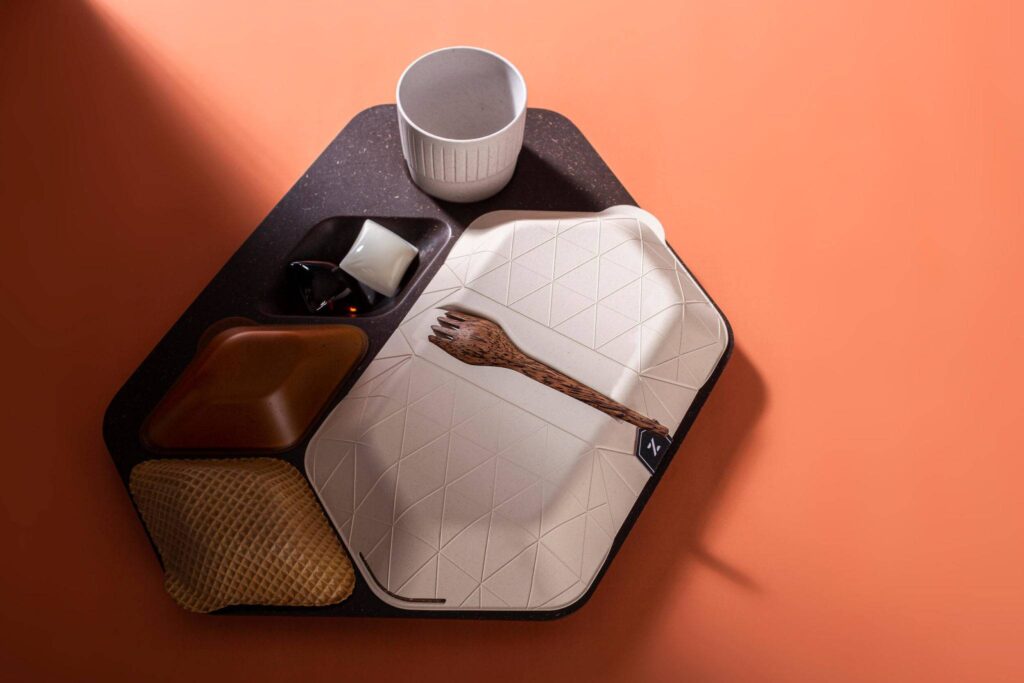
Airlines have long been exploring the possibility of limiting in-flight catering waste, which is notoriously difficult to sort through and recycle.
Way back in 2018, APEX wrote an article about Evoware’s seaweed-based edible packaging, and many different companies have also toyed with the concept. In 2019, Etihad flew an entirely plastic-free long-haul flight featuring Cupffee’s edible cups, which are made from natural grains and coconut oil.
The same year, design firm Priestmangoode made headlines with the release of its internal research project, ‘Get Onboard: Reduce. Reuse. Rethink’, which created a new, sustainable meal tray made entirely from biodegradable, edible or compostable materials. It included an edible dessert lid made from a wafer.
Over five years later, it is a trend that is continuing to gain serious traction on the ground. Towards Packaging are predicting the “edible packaging market size [will] rise from $1.82 billion in 2024 […] to USD 6.85 billion by 2034, expanding at a CAGR of 14.2%, as the demand for sustainable and biodegradable packaging rises globally.”
With health and safety always top of mind, airlines are unsurprisingly reticent to taking risks with new materials when it comes to in-flight catering, but as different solutions continue to mature, it is likely they will eventually be confident in following the increasing shift to using serviceware made from food-grade materials.
3D-printed meals: A world of new branding opportunities
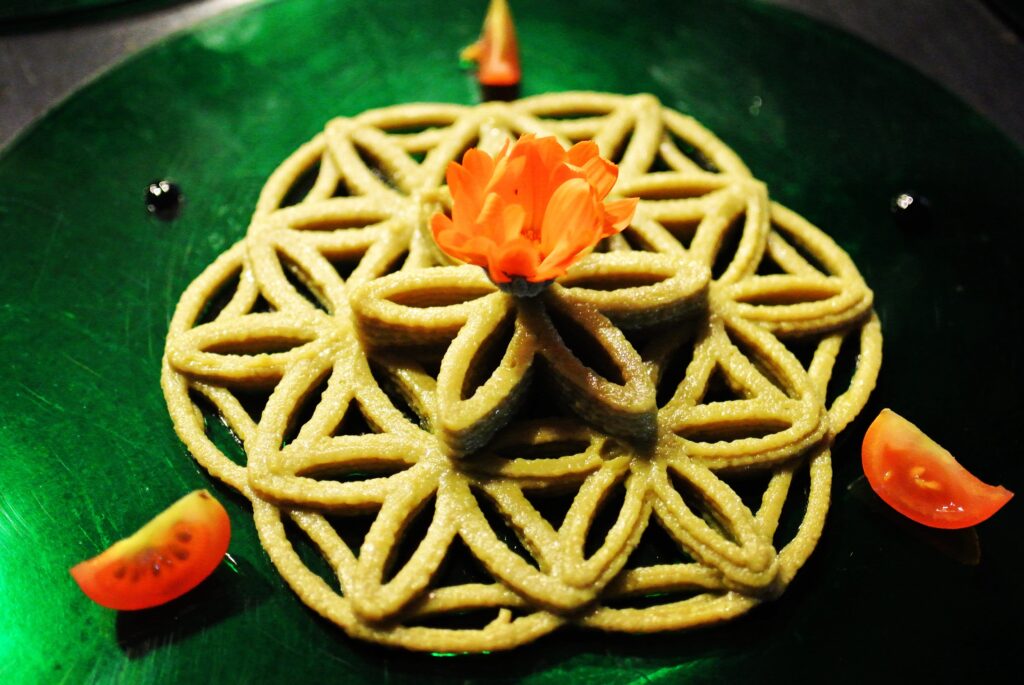
To celebrate its 60th anniversary, the UK’s East Midlands Airport invited children to imagine what flying would look like in 60 years’ time. One response was that there would be 3D-printed starters in the air!
Excitingly, it may not take as long as 60 years for this to become a reality onboard. In 2023, Hod Lipson, professor of innovation at Columbia University, predicted “3D food printers will be common in domestic kitchens in some form in five years’ time.”
However, this is just for printing, not cooking. In the same BBC article, Natural Kitchen co-founder Lynette Kucsma said machines that can print and cook won’t be commonplace in the home for another 10-15 years, so the children who predicted it would just be appetizers that were 3D printed were spot on. Steak Tartare in the shape of an airplane anyone?
While they may not be whipping up full-blown meals any time soon, a piece in KTCHNrebel highlights the opportunities afforded by 3D printers: “The ability to customize food like this opens up a whole new world of opportunity for aspiring restaurateurs. Personalized pasta, breathtaking chocolatey creations, avant-garde plate geometry… 3D food printing is an ingenious symbiosis between haute cuisine and scientific precision, allowing chefs to serve masterpieces that human hands could never create.”
Imagine a personalized cookie with a 3D image of the airline logo to welcome you to your seat in first-class – a feast for the senses or a flight of fancy? Only time will tell.
The in-flight service industry is fully embracing futuristic technology to enhance the passenger experience.
